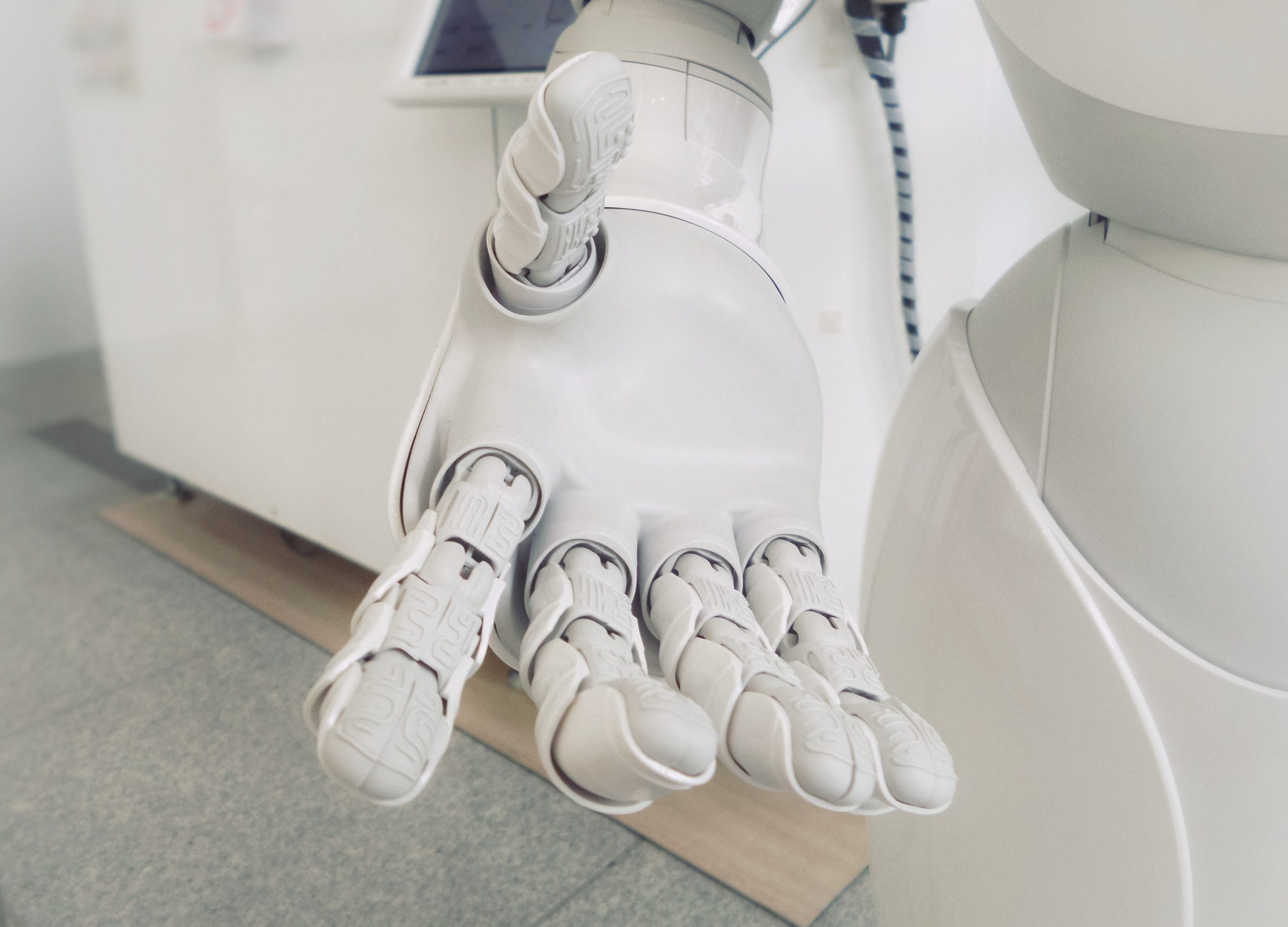
Artificial Intelligence (AI) has emerged as a powerful tool in the field of cyber security, capable of both enhancing defense mechanisms and posing potential risks. This article aims to explore in detail the dangers and virtues of utilizing AI in cyber security, analyzing its impact on various aspects of digital security. By understanding the benefits and drawbacks, we can make informed decisions about harnessing the potential of AI while mitigating its potential risks.
The Virtues of AI in Cyber Security:
Enhanced Threat Detection and Prevention:
AI-powered systems excel at analyzing vast amounts of data to detect patterns and anomalies that may indicate potential cyber threats. Machine learning algorithms can identify known and unknown threats, enabling proactive defense measures that can help organizations stay one step ahead of attackers. By leveraging AI in threat detection and prevention, businesses can strengthen their security posture and reduce the likelihood of successful cyber attacks.
Rapid Incident Response and Mitigation:
One of the significant advantages of AI in cyber security is its ability to automate routine tasks and accelerate incident response. AI can assist security teams in tasks such as threat analysis, incident triage, and remediation, allowing them to focus on more complex and strategic responsibilities. By automating time-consuming tasks, organizations can improve response times, minimize the impact of cyber attacks, and enhance overall incident management.
Adaptive and Self-Learning Systems:
AI algorithms possess the capability to adapt to changing cyber threats by continuously learning from new data. This adaptability enables AI systems to stay up-to-date with emerging threats and adjust their defense mechanisms accordingly, making them more effective in combating sophisticated attacks. The self-learning aspect of AI contributes to proactive threat mitigation, helping organizations stay resilient in the face of evolving cyber security challenges.
Predictive Analytics:
AI-powered cyber security tools can leverage historical and real-time data to predict potential security breaches. By analyzing patterns, user behavior, and network activities, AI algorithms can identify potential vulnerabilities and offer proactive measures to prevent or mitigate threats before they occur. This predictive capability empowers organizations to take preventive actions and strengthen their security measures, minimizing the likelihood of successful attacks.
Improved User Authentication and Access Control:
AI can enhance user authentication and access control systems by employing advanced techniques such as behavioral bio-metrics, facial recognition, and anomaly detection. These technologies enable more secure and smoother authentication processes, reducing the risk of unauthorized access and identity theft. AI-based authentication systems can accurately distinguish between legitimate users and impostors, providing a robust security layer for sensitive systems and data.
Automated Vulnerability Identification and Patching:
AI can aid in identifying vulnerabilities in software systems by analyzing code, network traffic, and system behavior. It can pinpoint potential weaknesses and provide recommendations for patching and strengthening the security of vulnerable systems. This automated vulnerability identification and patching process can significantly reduce the time between vulnerability discovery and remediation, minimizing the window of opportunity for attackers.
Enhanced Malware Detection and Analysis:
AI algorithms can enhance malware detection and analysis by identifying previously unknown and zero-day threats. Machine learning techniques enable the development of robust models that can detect malware based on behavioral patterns, file characteristics, and network activities. AI-powered systems can quickly analyze and classify malware, helping security teams respond effectively to emerging threats and develop proactive defense mechanisms.
Security Analytics and Insights:
AI can empower cyber security professionals by providing deep insights and analytics on security events, trends, and vulnerabilities. By processing large volumes of data, AI can uncover hidden patterns and correlations, enabling organizations to make data-driven decisions and allocate resources effectively. AI-driven analytics can assist in identifying potential risks, prioritizing security measures, and optimizing the overall cyber security strategy.
The Dangers of AI in Cyber Security:
Adversarial Attacks:
Despite their strengths, AI systems are not immune to attacks. Adversarial attacks refer to malicious actors manipulating inputs to deceive AI algorithms. By exploiting vulnerabilities in AI models, attackers can trick them into mis-classifying data, bypassing security measures, or causing system failures. Adversarial attacks pose a significant risk, especially if AI is heavily relied upon for critical cyber security decisions. Organizations must invest in robust defenses, such as adversarial training and rigorous testing, to safeguard AI systems from these attacks.
Bias and Discrimination:
AI algorithms trained on biased or incomplete data can perpetuate and amplify existing biases and discrimination. In cyber security, biased algorithms can lead to unfair profiling, discrimination against certain user groups, or misidentifying threats based on preconceived notions. Careful consideration must be given to data selection and algorithmic fairness to mitigate these risks. Transparent and diverse data sets, along with continuous monitoring, can help address bias and promote fairness in AI-driven cyber security systems.
Lack of Explanation and Transparency:
AI systems, particularly complex deep learning models, often lack transparency in their decision-making processes. This lack of explanation raises concerns in the context of cyber security, where it is crucial to understand how decisions are reached and to identify potential vulnerabilities or biases in the system. Explainable AI (XAI) techniques, such as model interpretation and rule extraction, can aid in understanding the inner workings of AI algorithms and provide insights into their decision-making processes.
Over reliance and Human Complacency:
Over reliance on AI in cyber security can lead to human complacency, where security professionals may become overly dependent on automated systems. This can result in a reduced ability to detect novel threats or respond effectively when AI systems fail. Maintaining a balance between human expertise and AI automation is essential to ensure comprehensive security. Human oversight, continuous training, and regular evaluation of AI systems are critical to prevent over reliance and maintain an active and vigilant cyber security posture.
Privacy Concerns and Data Protection:
The use of AI in cyber security often involves the processing and analysis of large amounts of data, including personal and sensitive information. This raises concerns about privacy and data protection. Organizations must ensure that adequate measures are in place to protect user data and comply with relevant regulations and standards. AI systems should be designed with privacy in mind, incorporating techniques such as data anonymisation, secure data storage, and access controls to safeguard sensitive information.
Potential System Malfunctions and Exploitation:
AI systems are susceptible to technical malfunctions and exploitation. Software bugs, hardware failures, or manipulation of AI algorithms can lead to unintended consequences and security vulnerabilities. Adversaries may attempt to exploit these weaknesses to gain unauthorized access, disrupt operations, or manipulate AI systems for their benefit. Rigorous testing, continuous monitoring, and prompt patching of AI systems are essential to mitigate the risks associated with system malfunctions and exploitation.
Regulatory and Legal Challenges:
The deployment of AI in cyber security raises regulatory and legal challenges. Organizations must navigate complex legal frameworks, data protection regulations, and compliance requirements when implementing AI-driven cyber security solutions. The lack of specific guidelines and standards for AI in cyber security adds to the complexity. Compliance with privacy regulations, intellectual property rights, and ethical considerations becomes crucial to ensure responsible and lawful use of AI in cyber security.
Human Skills and Job Displacement:
The increasing adoption of AI in cyber security raises concerns about job displacement and the changing skill sets required in the industry. While AI can automate certain tasks, it cannot entirely replace human expertise and intuition. The role of cyber security professionals is evolving, requiring a blend of technical AI knowledge, analytical skills, and strategic thinking. Organizations must invest in up-skilling and re-skilling their workforce to adapt to the changing landscape and ensure the effective integration of AI into cyber security practices.
Conclusion
Artificial Intelligence has the potential to revolutionize cyber security by bolstering threat detection, automating incident response, and providing predictive analytics. However, the deployment of AI in cyber security also comes with risks, including adversarial attacks, bias, lack of explanation, over reliance, privacy concerns, and potential system malfunctions. To harness the virtues of AI while minimizing the dangers, it is crucial to invest in robust security measures, comprehensive testing, continuous monitoring, human oversight, and privacy protection. Ethical considerations, such as transparency, fairness, and responsible data handling, should be at the forefront of AI development and implementation in cyber security. By carefully managing the integration of AI into cyber security practices, organizations can maximize the benefits while effectively addressing the associated risks.
Our team can support your businesses to effectively introduce controls that leverage Artificial Intelligence, while mitigating common risks associated with AI. Speak to us today about how we can support you!





